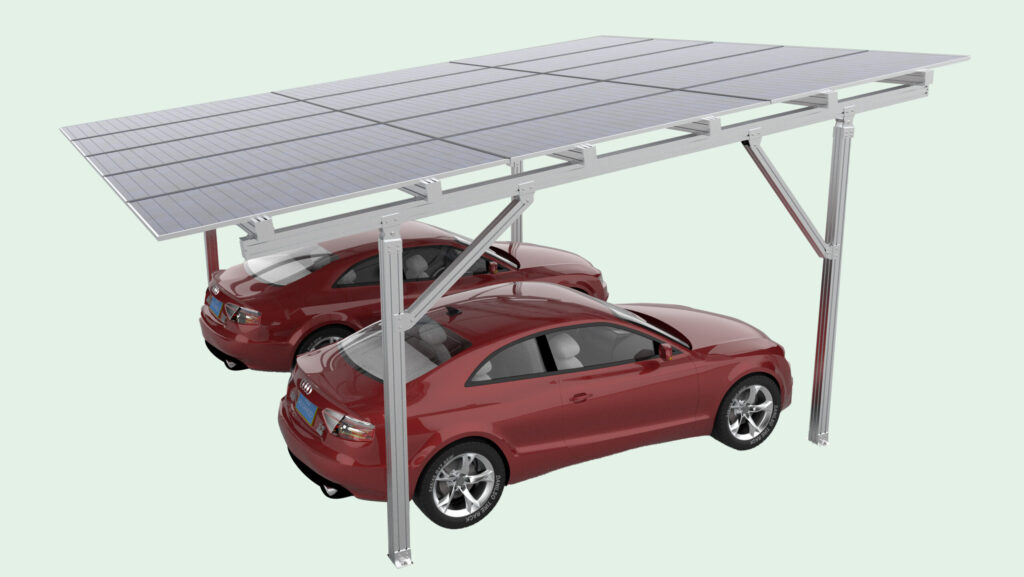The commissioning of solar panels after installation is an important link to ensure their normal operation and maximum efficiency. The following are the matters needing attention during the debugging process:
First, safety matters
Personal protection:
During the debugging process, appropriate safety equipment such as insulating gloves, safety helmets and protective glasses should be worn to avoid electric shock and other safety accidents.
Environmental safety
Ensure the safety of the debugging environment, free of flammable and explosive items, and prevent dangerous situations such as fire or explosion caused by improper operation.
Second, system inspection
Visual inspection:
Carefully inspect the appearance of components such as solar panels, brackets, cables, and junction boxes to ensure there are no damages, cracks, deformations or other issues.
Connection check:
Confirm that all connection parts (such as cables, junction boxes, etc.) are firmly and reliably connected, without any looseness or short circuit.
Voltage check
Use a multimeter to measure the open-circuit voltage of the solar panel and ensure that the output voltage is within the specified range.
Third, function debugging
Battery charging test
Under sunny conditions, test the charging function of the solar panel for the battery and observe whether the charging current and voltage are normal.
Load testing
Connect the appropriate load devices, test the actual output power of the solar panels, and ensure that the usage requirements are met.
Controller debugging
If the system is equipped with a solar controller, it should be debugged in accordance with the manual and appropriate parameters should be set, such as charging voltage, discharging voltage, overcharge protection, overdischarge protection, etc.
Fourth, optimization and adjustment
Angle adjustment
Adjust the tilt Angle and orientation of the solar panels according to the local latitude and seasonal changes to obtain the maximum amount of solar radiation.
Performance monitoring
Use professional equipment to monitor the performance of the solar panel system, including indicators such as power generation and conversion efficiency, to ensure that the system performance meets expectations.
Troubleshooting:
If problems or abnormalities are found during the debugging process, they should be promptly investigated and resolved. Common problems include poor connection, battery depletion, controller failure, etc.
Fifth, Precautions
Avoid direct exposure to sunlight:
During the debugging process, direct exposure of solar panels to sunlight should be avoided as much as possible to prevent affecting the accuracy of the test results.
Comply with operating procedures:
Debug strictly in accordance with the relevant operation manual and guidelines, follow the correct operation steps, and avoid unexpected accidents caused by improper operation.
Record and Summary
During the debugging process, all parameters and test results should be recorded in detail to provide references for subsequent system maintenance and optimization.
Sixth, follow-up maintenance
Regular inspection
Regularly inspect and maintain the solar panel system, including cleaning the surface of the panels, checking the connection points, and monitoring the system performance, etc.
Cleaning and maintenance
Regularly clean the surface of solar panels to ensure there are no dust, dirt or other obstructions, so as to improve the power generation efficiency.
Professional maintenance
In case of system failure or damage, professional maintenance personnel should be contacted in a timely manner for repair or replacement of components.


